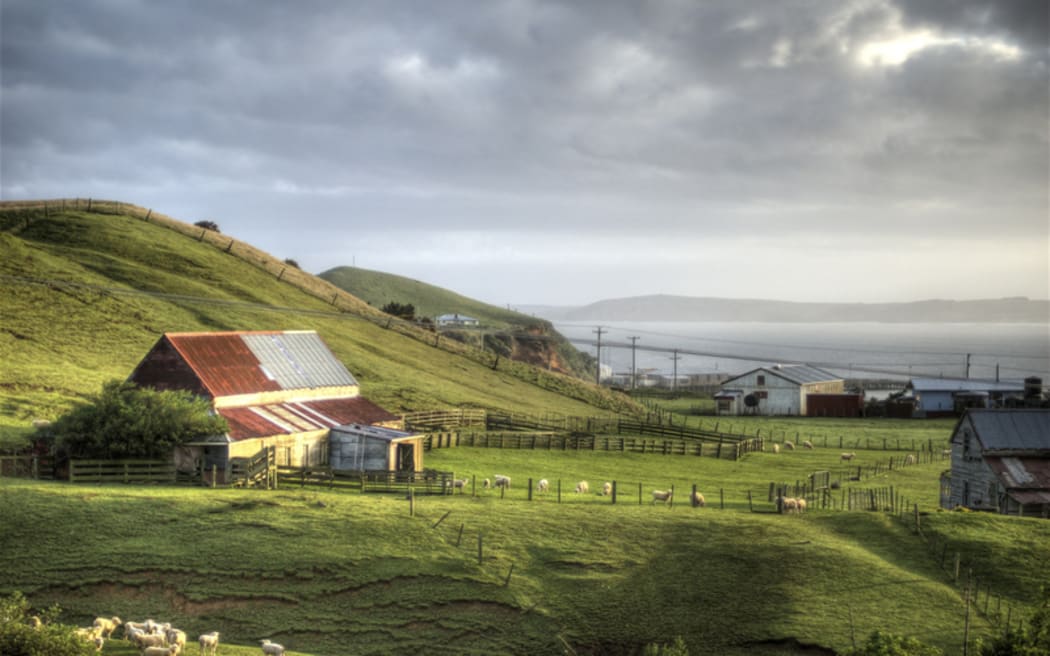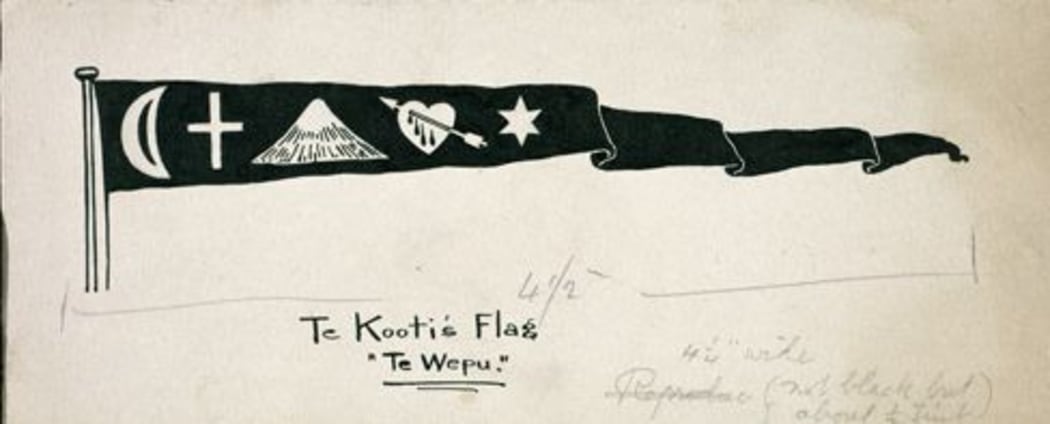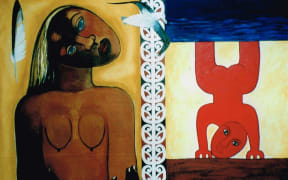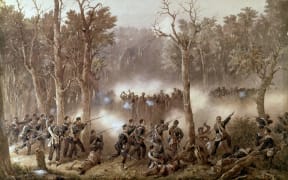Descendants of some of the hundreds of Māori exiled with the prophet Te Kooti to the Chatham Islands 150 years ago will visit the island for the first time today.

Photo: Flicker / Ville Miettinen
In 1866, Te Kooti Arikirangi Te Turuki, along with hundreds of followers from Rongowhakaata, Ngai Tāmanuhiri, Te Whanau a Kai, Ngariki Kaiputahi and Te Aitanga a Mahaki were imprisoned on Rekohu.
They had fought colonial troops during the New Zealand Wars and after the siege at Waerenga a Hika, near Gisborne, those captured were shipped into exile.
Maui Solomon, chair of the Hokotehi Moriori Trust, said the trip was of historical importance.
"It's 150 years since Te Kooti was incarcerated on Rekohu and that's a matter of historical importance to Rongowhakaata. This is an important place for them.
"We'll take them to where Te Kooti and his people lived and we'll also be travelling up to the north part of the island to a village called Wharekauri where there is a ponga hut that was built by Te Kooti's men 150 years ago."

Flag of Te Kooti Arikirangi, founder of Te Ringatu. Photo: Supplied
Rekohu is also known as the birth place of the Ringatu faith.
"During his time on Rekohu, Te Kooti was visited by the angel Gabriel, as is recorded, and began the Ringatu movement," said Mr Solomon. "So we have a very long-standing connection between Moriori and Ringatu, Rekohu and Turanga."
After two years on the island, Te Kooti escaped with nearly 200 of his followers. Not all got away, and some are buried on the island.
Lewis Moeau, kaumatua of Rongowhakaata, said the trip was important to pay tribute to their tupuna.
He hoped they would get a better insight into where those who died on the island were buried, which would help his iwi decide what should happen.
"I personally would favour a memorial at the urupa to acknowlegde that they are there."
However, who is actually buried on the island may never be known.
"The problem is there is not a complete list of those who went over there and escaped, so we don't have a complete record and of course we don't have a record of the iwi that they belong to."
Maui Solomon said no monuments marked the prisoners' burial places but there were still signs of their time on the island.
"When they were here they had to do enforced labour, so there are wells they helped dig, and roads and bridges.
"But there is no memorial as such... that's something Rongowhakaata may wish to do themselves at some point in the future. Maybe that's a korero we have when they come here."
He believes the prisoners who came to Rekohu had an impact on the locals.
"It's also significant for Moriori because our people would have interacted with Te Kooti's people while they were here and, in fact, some may have even gone back to Turanga when Te Kooti commandeered (the ship) the Rifleman and left here in 1868 - so that's a possibility that we haven't discounted."
There are no ship documents recording Moriori leaving the island with Te Kooti but Mr Solomon said there was anecdotal suggestions that it happened.
After his escape from Rehohu on the Rifleman Te Kooti landed at Whareongaonga in Poverty Bay and lived for another 15 years.




